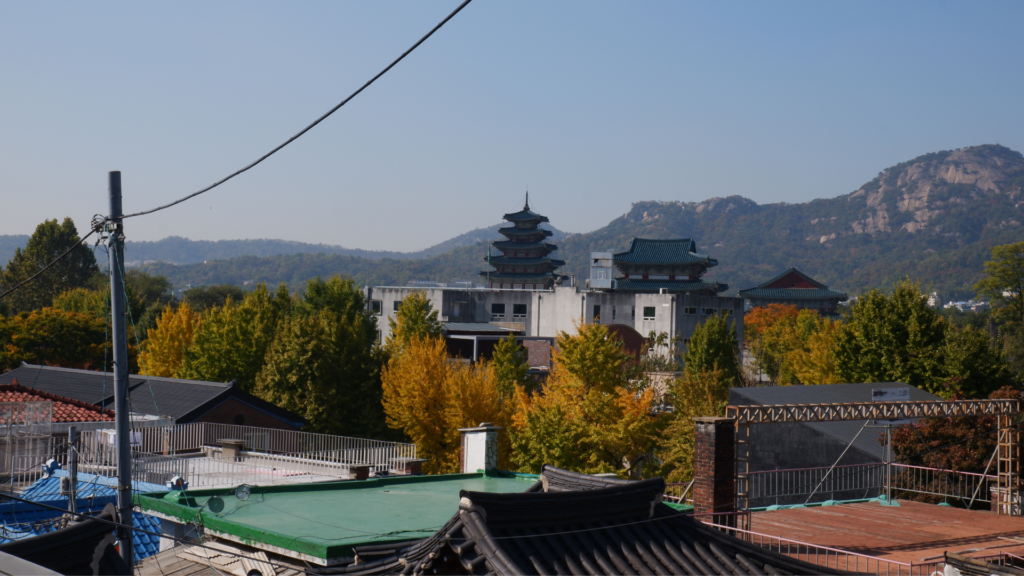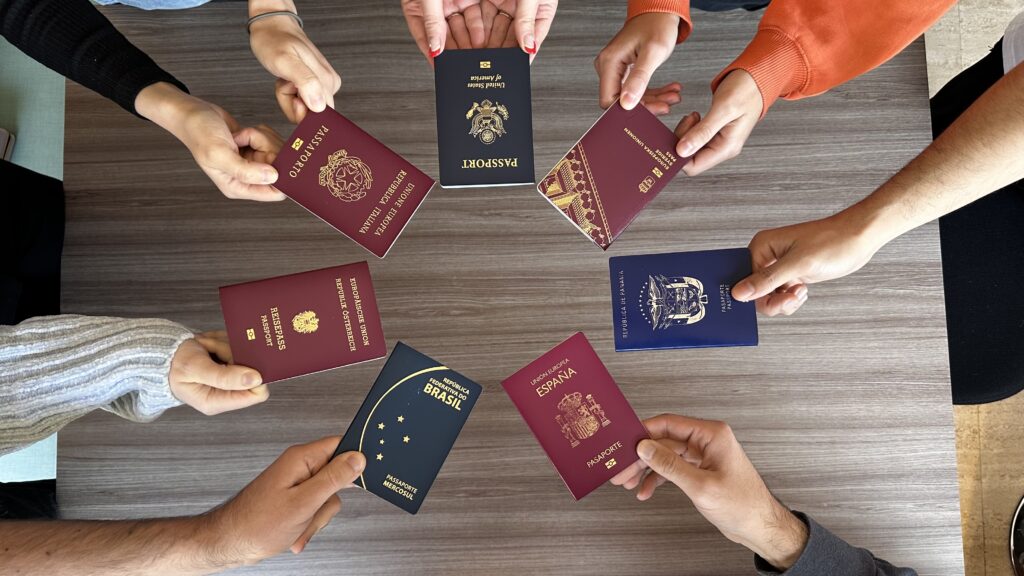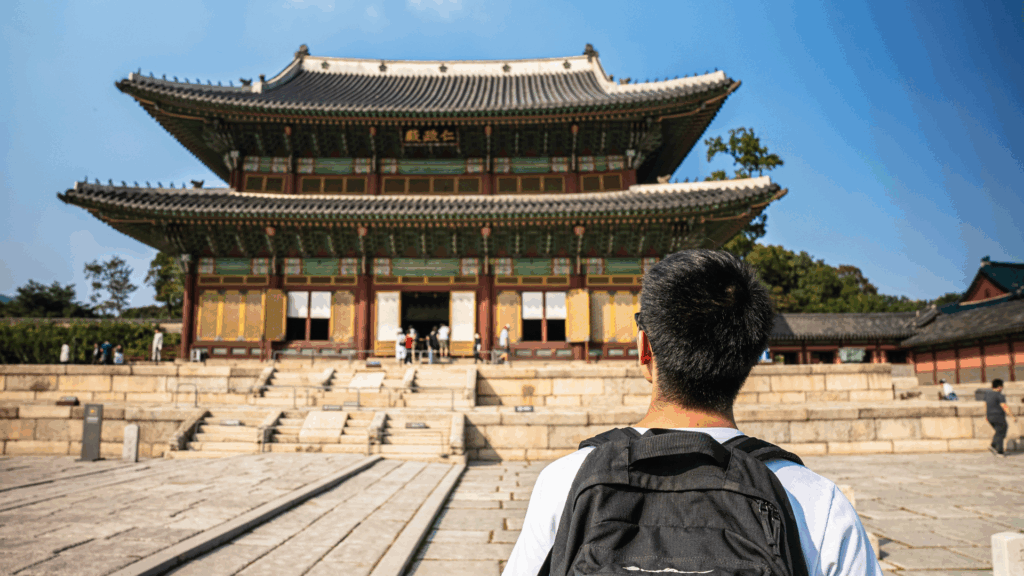Last updated on February 2024.
There are many different visas for Korea. The necessary visas and rules for South Korea obviously vary from country to country. It is important to understand which visas are available and what is needed for your situation. Let’s learn more about D-4-1 and H-1 visas for Korea.

The Korea visa waiver scheme
South Korea offers a visa waiver to citizens from over 100 countries upon entry. This allows them to stay for a defined period of time without a visa.
Canada tops the list for the longest such period at 180 days. South Korea offers many countries, such as European Union member states, The United States, Australia, Brazil, Taiwan, Hong Kong, 90 days. If you are from Russia you have a period of 60 days visa-free entry. There are are also around 40 countries which are offered 30 days under this scheme including Kazakhstan, Argentina and South Africa. Please check official government sites for the latest information about the visa waiver entry policy for your country!
Under this visa-free scheme you are able to stay and travel around South Korea to your heart’s content for the entirety of your stay. If the itch to study the language takes you during this time, don’t worry! As long as you are studying within your visa-free period, you do not have to apply for a student visa!
You must obtain the relevant visas for Korea for longer periods of stay or if you wish to do specific activities outside of general travel and tourism.

Long-term visas for Korea: D-4-1 and H-1
The two visas for Korea we will be focusing on in this article are the D-4-1 and H-1 visas. These visas are both important from an official standpoint and will likely improve things practically for you as well. With an official visa and foreigner registration card, you can access many facilities and services that will make your life in Korea much more convenient. This includes being able to open a Korean bank account and sign up for a mobile phone plan.
The D-4-1 student visa for Korean language training
You require the D-4-1 visa if you are studying at a university language school for longer than your visa-free period.
The D-4-1 visa allows the holder to enroll in a Korean language school in preparation for further study or work. This visa has a maximum validity of 2 years. It is generally issued for the duration of your language school enrollment.
Under these visas you may be eligible to work a certain amount of hours for a part-time job. Immigration dictates the types of jobs you can perform. In order to qualify for this benefit you officially must maintain a 90% course attendance rate. It is important to keep a high attendance rate for the sake of the visa and for any future visa considerations that may come into place. Extremely low attendance rates are seen as not fulfilling the conditions of the visa. This can even lead to deportation from the country!
The H-1 working holiday visa
This is typically a year long visa that allows you to look for part-time work within Korea during your stay. Citizens aged between 18-30 from the eligible countries can apply for this visa. This visa is less restrictive than the D-4-1 visa as far as the scope of work allowed. Immigration prohibits jobs in the entertainment industry, foreign language instruction, and jobs requiring a license (such as lawyer or doctor).
You cannot renew or extend the H-1 visa. Among the visas for Korea, H-1 visa is meant as a temporary stay, hence the word “holiday” in its name. Changing visa types or wishing to continue after the visa period as a tourist requires you to leave Korea and return.
Holders of this visa are also allowed to enroll in Korean language courses like D-4-1 visa holders. For more detailed information about the H-1 visa please check out more information here.
Go! Go! Hanguk is experienced in helping people choose the correct visa for their situation! Contact us today for more information on applying to a language school and receiving the appropriate visas for Korea!








